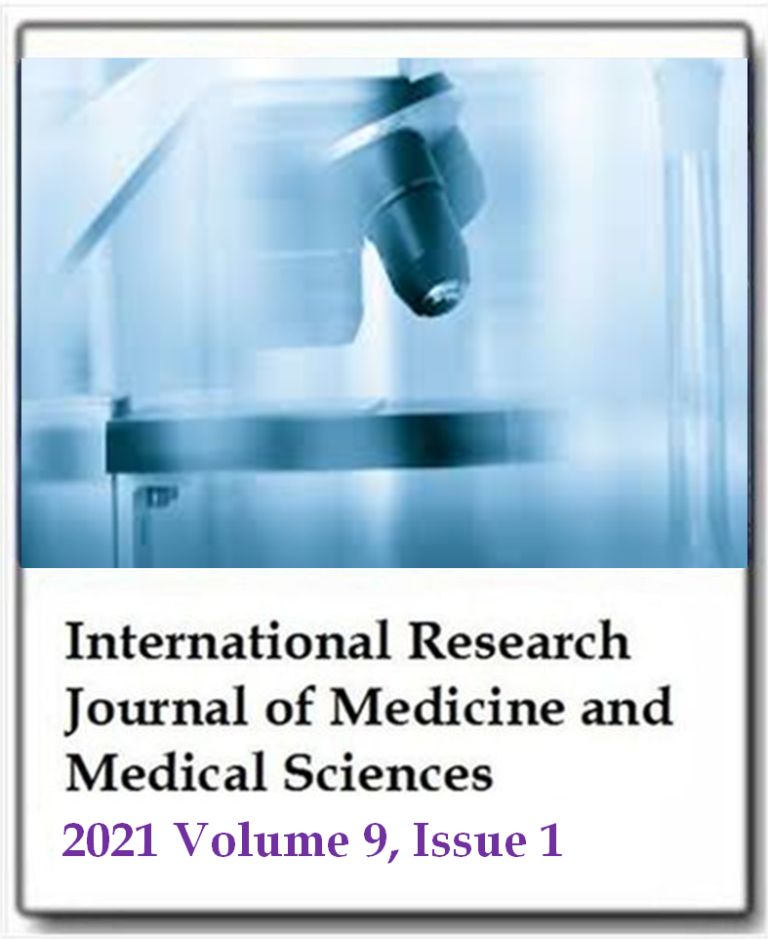Effect of pelvic girdle stability training on functional sitting control in children with hypotonic cerebral palsy
W. S. Ahmed, R. M. Gharib, H. M. Salah El-Din and H. A. El-TalawyInternational Research Journal of Medicine and Medical Sciences
Published: March 3 2021
Volume 9, Issue 1
Pages 24-33
DOI: https://doi.org/10.30918/IRJMMS.91.21.011
Abstract
The aim of this research was to examine the impact of pelvic girdle stability training in children with hypotonic cerebral palsy on functional sitting control. Thirty children with hypotonic cerebral palsy in both sexes, with their ages ranging from two to four years were used in the study. There were fifteen children in the experimental group and fifteen children in the control group. The study group received pelvic girdle stability training program in addition to a selected program for upper limbs and trunk muscles strengthening exercises, while the control group received only the selected program for upper limbs and trunk muscles strengthening exercises. Results revealed significant difference of GMFM88 (sitting domain) (P < 0.01), stationary raw scores and stationary standard scores of PDMS-2 (P < 0.05) but no significant difference of age equivalent of PDMS-2 (P > 0.05). GMFM88, on the other hand, had a significant difference (sitting domain) (P < 0.05) but no significant difference of stationary raw scores, stationary standard scores and age equivalent of PDMS-2 (P > 0.05) in the control group. Paired t-test were conducted for comparison between pre and post treatment mean values of sitting domain and stationary scores in each group. From the obtained results of the present study, we conclude that pelvic girdle stability training program was more effective in generating core muscle activity for functional sitting control compared to traditional physical therapy of upper limbs and trunk muscles strengthening exercises in children with hypotonic cerebral palsy.
Keywords: Pelvic girdle stability, functional sitting control, hypotonic cerebral palsy.
Full Text PDFThis article is published under the terms of the Creative Commons Attribution License 4.0

